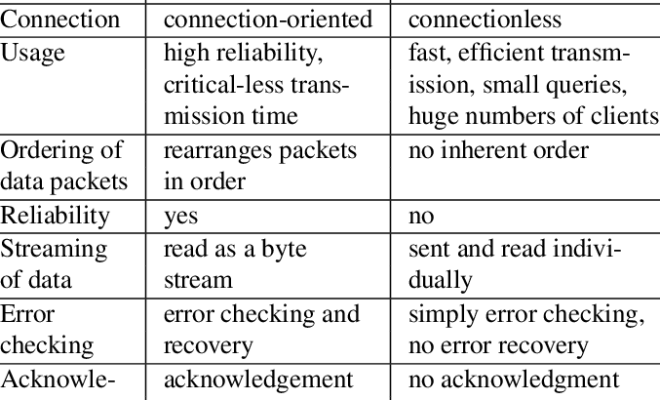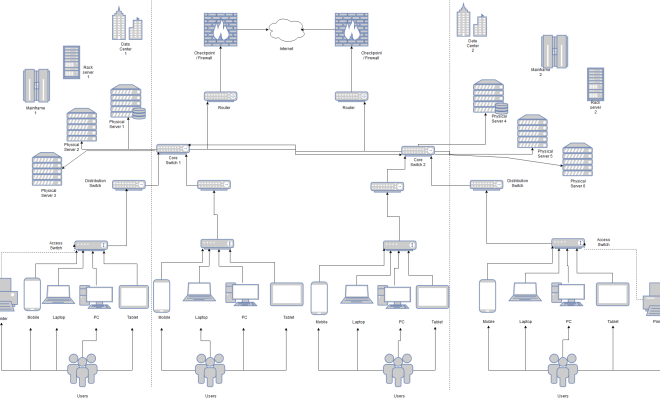The Most Common Wi-Fi Standards and Types, Explained

When it comes to Wi-Fi, there are many different standards and types that you may encounter. Understanding these standards and types is important when choosing a Wi-Fi device or setting up a network. In this article, we’ll take a look at some of the most common Wi-Fi standards and types, and explain what they are and how they differ from one another.
Standards
Wi-Fi standards are technical specifications that describe how wireless devices communicate with one another. There are several Wi-Fi standards, each with its own set of features and capabilities.
Some of the most common Wi-Fi standards include:
1. 802.11b: This was the first Wi-Fi standard to gain widespread adoption. It operates on the 2.4 GHz frequency band and offers a maximum speed of 11 Mbps.
2. 802.11g: This standard also operates on the 2.4 GHz frequency band but offers a maximum speed of 54 Mbps. It is compatible with 802.11b devices.
3. 802.11n: This standard offers improved range, faster speeds (up to 600 Mbps), and support for both the 2.4 GHz and 5 GHz frequency bands. It is compatible with 802.11g and 802.11b devices.
4. 802.11ac: This is the latest Wi-Fi standard and offers speeds of up to 1.3 Gbps, improved range, and support for the 5 GHz frequency band. It is not compatible with older Wi-Fi standards.
Types
Wi-Fi types are categories that describe the capabilities and features of a particular wireless device. In general, Wi-Fi types correspond with Wi-Fi standards, but there are some exceptions. Some
common Wi-Fi types include:
1. Wireless G: This type refers to devices that support the 802.11g Wi-Fi standard. They offer a maximum speed of 54 Mbps and operate on the 2.4 GHz frequency band.
2. Wireless N: This type refers to devices that support the 802.11n Wi-Fi standard. They offer faster speeds (up to 600 Mbps), improved range, and support for both the 2.4 GHz and 5 GHz frequency bands.
3. Wireless AC: This type refers to devices that support the 802.11ac Wi-Fi standard. They offer faster speeds (up to 1.3 Gbps), improved range, and support for the 5 GHz frequency band.
4. Dual-band: This type refers to devices that support both the 2.4 GHz and 5 GHz frequency bands. They offer improved speed and reduced interference.
5. Mesh: Mesh Wi-Fi systems consist of multiple nodes that work together to provide better coverage throughout a home or office. They are designed to eliminate dead spots and improve overall Wi-Fi performance.





